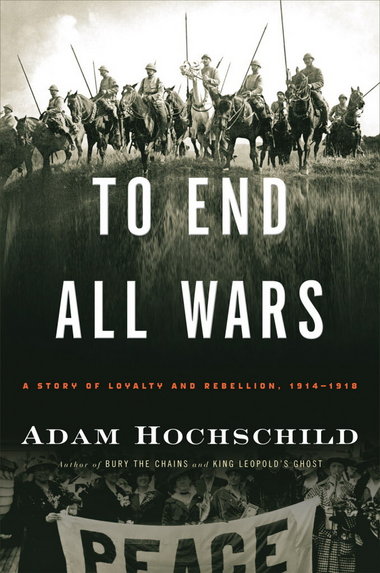The human cost of World War I was enormous. More than 9 million soldiers and an estimated 12 million civilians died in the four-year-long conflict, which also left 21 million military men wounded. “Many of them were missing arms, legs, hands, genitals or driven mad by shell shock,” says historian Adam Hochschild. “But there was also a human cost in a larger sense, in that I think the war remade the world for the worse in every conceivable way: It ignited the Russian Revolution, it laid the ground for Nazism and it made World War II almost certain. It’s pretty hard to imagine the second world war without the first.” Hochschild traces the patriotic fervor that catapulted Great Britain into war during the summer of 1914 — as well as the small, but determined British pacifist movement — in his historical narrative To End All Wars: A Story of Loyalty and Rebellion, 1914-1918. The book frames the Great War not as a struggle between nations but as a struggle between individual people — sometimes even family members — who supported and opposed the war. “If you look at the conflicts our country has been involved with in recent years — Vietnam, Afghanistan, Iraq — it’s the poor who have done most of the dying,” says Hochschild. “And usually throughout history, elites are very good at getting somebody else to do the dying for them. But in the first world war it was different. It was different because it was the tradition in most of the major countries for upper-class young men to have military careers, and then it became those young captains and lieutenants who led their men out of the trenches and into a hail of machine gun fire. … 31 percent of the men who graduated Oxford in 1913 were killed. … The prime minister of England lost a son. The German chancellor lost a son.” MORE
Curated News, Culture And Commentary. Plus, the Usual Sex, Drugs and Rock n' Roll

 FRESH AIR
FRESH AIR